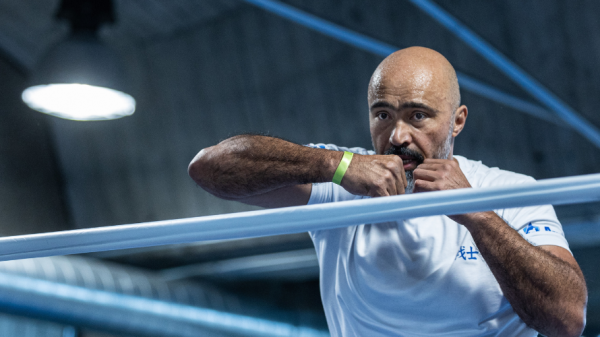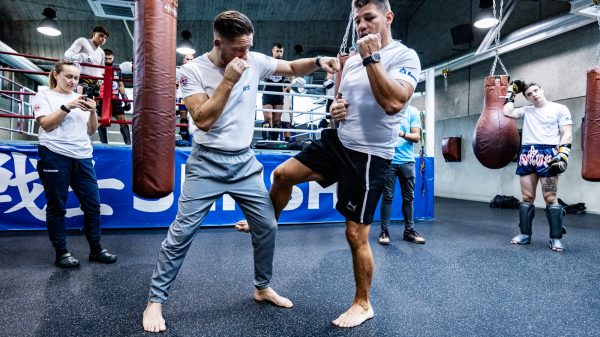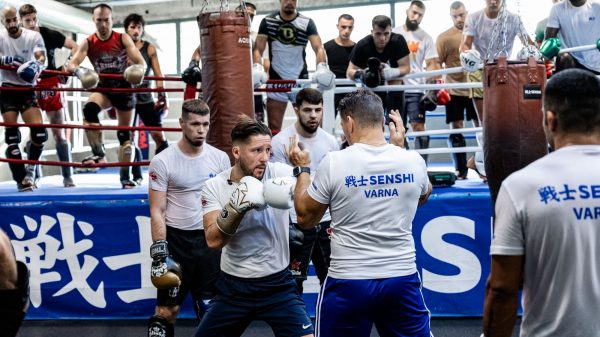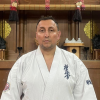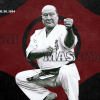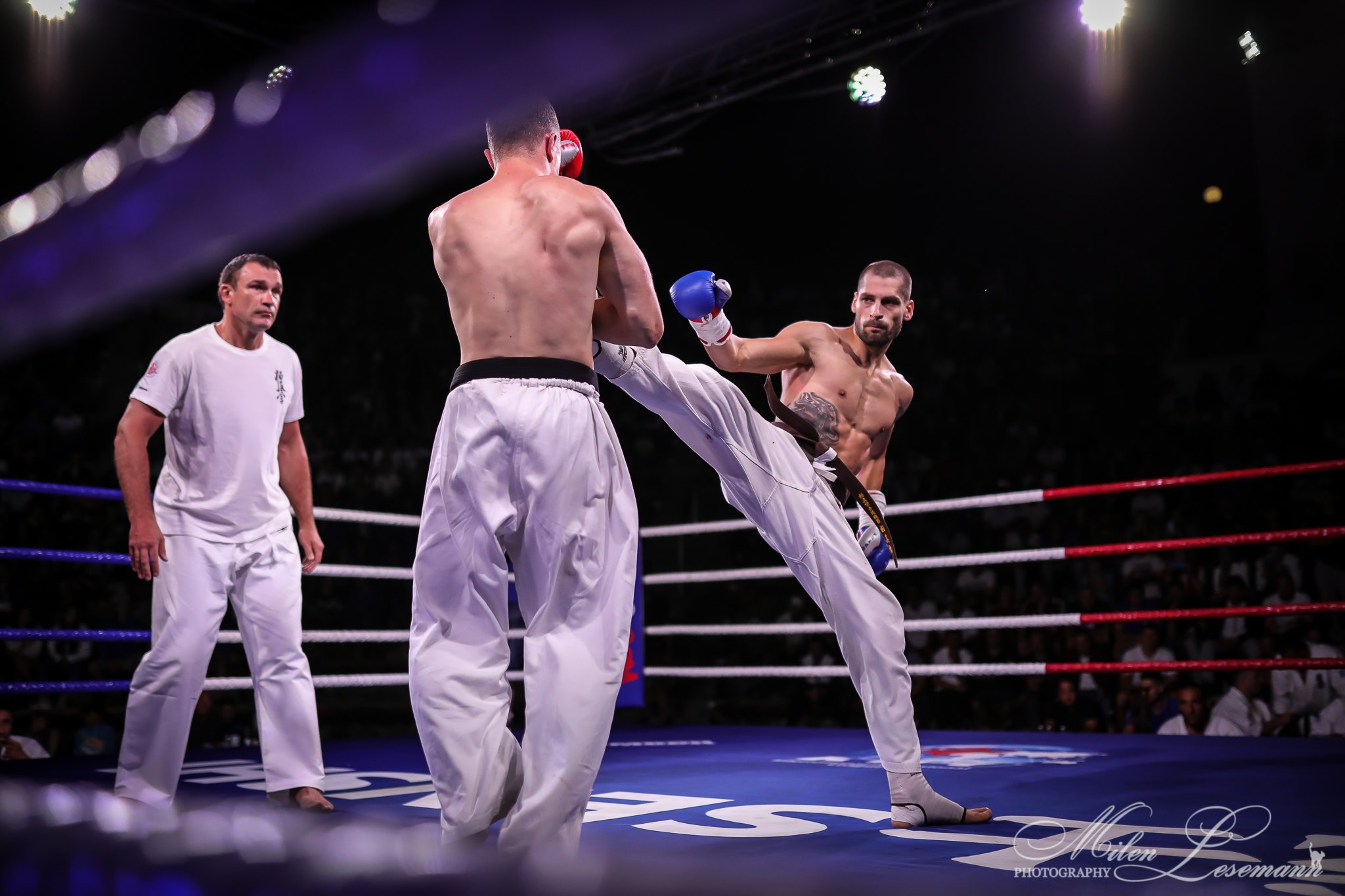In the early days of Kyokushinkai karate competitions, fights were essentially a series of predetermined moves and counters that followed a predictable pattern. In many cases, two fighters would square off, step forward, and then exchange punches and kicks until one of them was knocked out or decided to quit. Fighters often used a very limited number of techniques, and these techniques were often very crude. As the sport evolved, fighters became more and more specialized. This has led to an increase in the number of techniques that are actually used in a fight.
Today, fighters are increasingly embracing the concept of generative sparring, that is, the utilization of open techniques that allow for a high degree of creativity and spontaneity on the tatami or in the ring. This is a game changer for fighters.
What are the three generations of fighting?
Now we will go into the details of each approach.
The first generation is non-stop striking, which involves hitting the other person until they can no longer hit you back. It uses primarily our emotional mind and secondarily the conscious mind. The objective of striking is to hit your opponent with a combination of techniques so that they cannot hit you back. To do this, you must attack in a way that is difficult for your opponent to defend. In Kyokushin kumite, this means attacking with combinations of punches and kicks (or knees) at the same time (combination).
The first generation focuses on strength or raw speed. They rely on their strength and size to dominate their opponents. The smaller ones use their speed and movement. Combinations are simple and more instinctive.
The second generation is strategic combat, which consists of using the opponent’s energy against him. You stop, decide to move, think about what you are doing, and then hit him. You use your rational mind much more than your emotional mind and you control the situation. You must be very aware of what is happening around you and use your intelligence to find the right time and place to strike. The opponent must be aware of your intention, and if they are not, you can attack them at any time. The key is not to show your intentions by attacking first. You must be patient, wait for the right moment, and then strike when they least expect it. If you go in too early, they will be ready for you. If you go in too late, they’ll know something is up and won’t fall for it.
The third is generative combat, which is about creating something new. Generative fighting is a style that focuses on using more techniques and being able to adapt to any situation.
There are times when you want to respond to your opponent, and times when you want to create something new. This is the essence of generative combat. In generative combat, you don’t just react to what the other person does. You create your own moves and make the fight your own. It’s a more creative and collaborative approach to combat, and it’s a game changer.
Generative fighting is a fighting style that relies on creativity and evolution. It is constantly changing and evolving so that the 3rd generation fighter can never be discerned. It is this flexibility that makes the generative fighter so powerful.
Generative combat is not about winning or losing. It is about creating something new and better. It is about progress and pushing the boundaries of what is possible.
How does generative combat work?
In the third generation of creative combat, we are moving away from traditional martial arts towards a new type of combat based on creativity and evolution.
Generative combat is based on the principle of confusion. The intention is to confuse the enemy so that they are unable to make sound decisions or take effective action. Generative combat is very different from strategic or emotional combat. It is a form of psychological warfare that is used to create confusion and doubt in the mind of our opponents.
Generative combat is a strategy used to deal with a skilled fighter or a difficult situation. It is based on the idea of creating something new, rather than reacting to or opposing what is already there. This can be done through a powerful mental attitude, control of the fight, and the development of new solutions and different ways of responding to the opponent’s tactics.
Generative combat differs from strategic combat, which focuses on the other person’s response. Emotional combat is also different, as it involves trying to control or change the other person’s emotions. Generative combat is about staying calm and positive and creating something new and better than what the opponent is trying to produce. It is about preventing them from discovering their style and anticipating their tactics.
Be unpredictable and spontaneous by trusting your creative unconscious
If a fighter starts to anticipate and prepare for your techniques, start using unexpected moves and strategies. Be creative and surprise him with your actions! The key to success in any field is creativity. The same principle applies to combat. If you can anticipate your opponent’s techniques and prepare for them, you can use unexpected moves and strategies to surprise and defeat him. Be creative and think outside the box.
Like martial arts, creative fighting is unpredictable and full of surprises. Techniques and strategies change depending on the situation and the opponent. To become an effective creative fighter, it is important to vary your approaches and not get stuck in a routine.
The best way to win a fight is to be unpredictable. If your opponent knows what you are going to do, he will be able to block or counter your moves. However, if you can surprise him with something new, he will not know how to react and you will have the advantage.
Gaetan Sauvé
lavoieduguerrier.com




